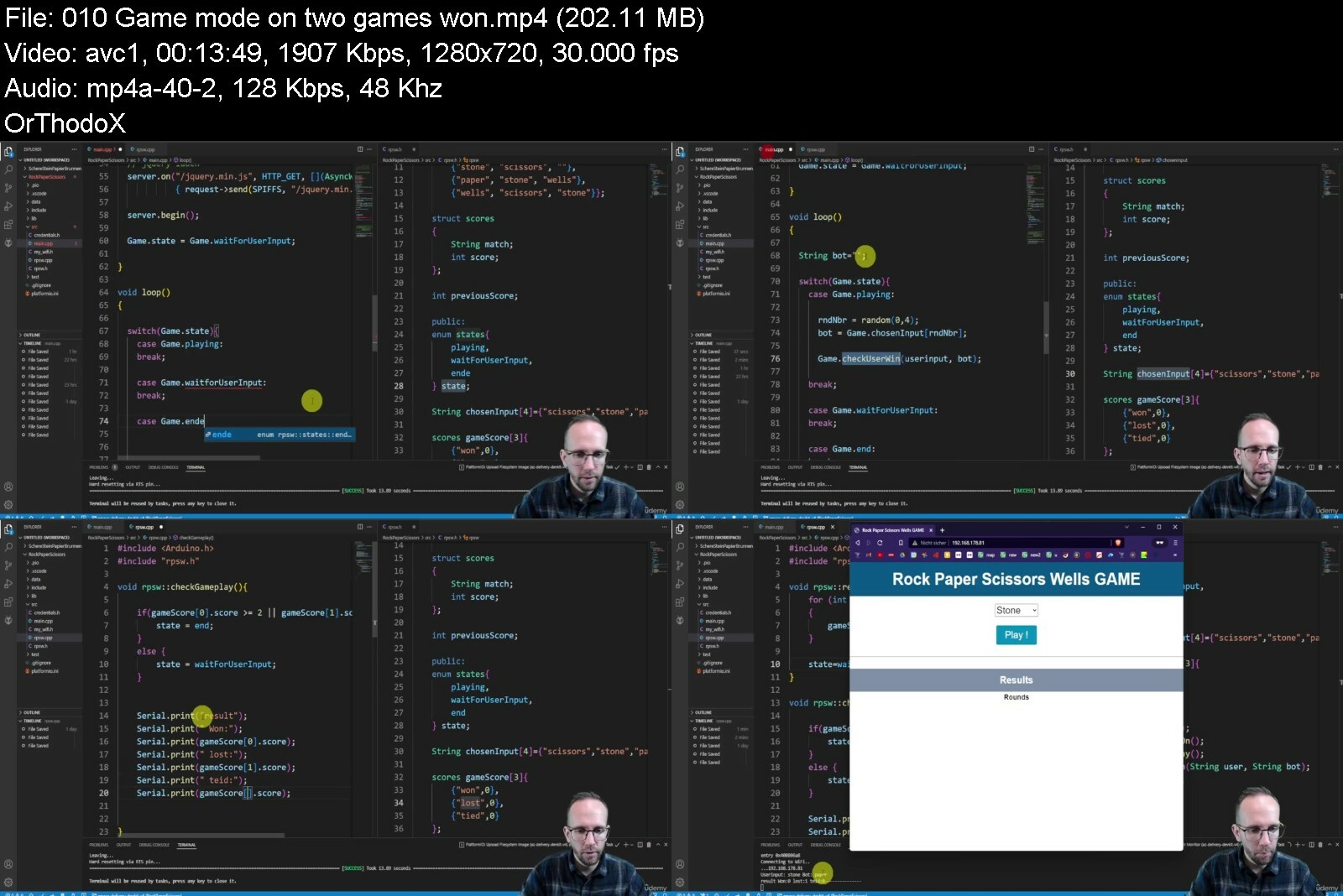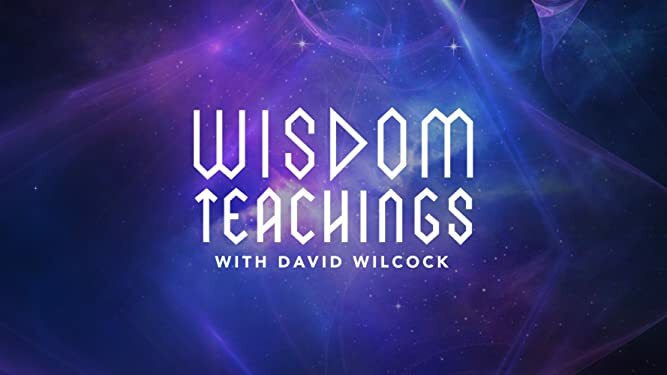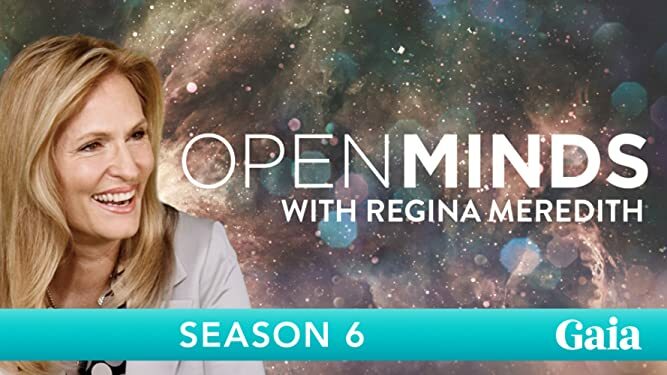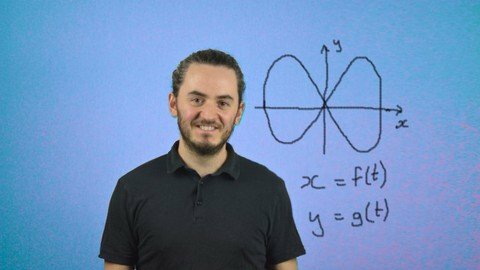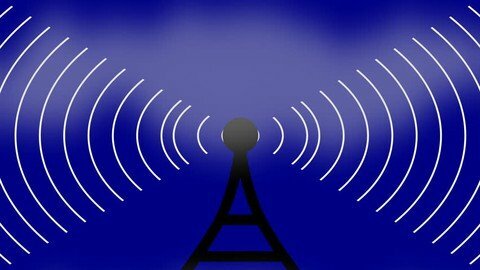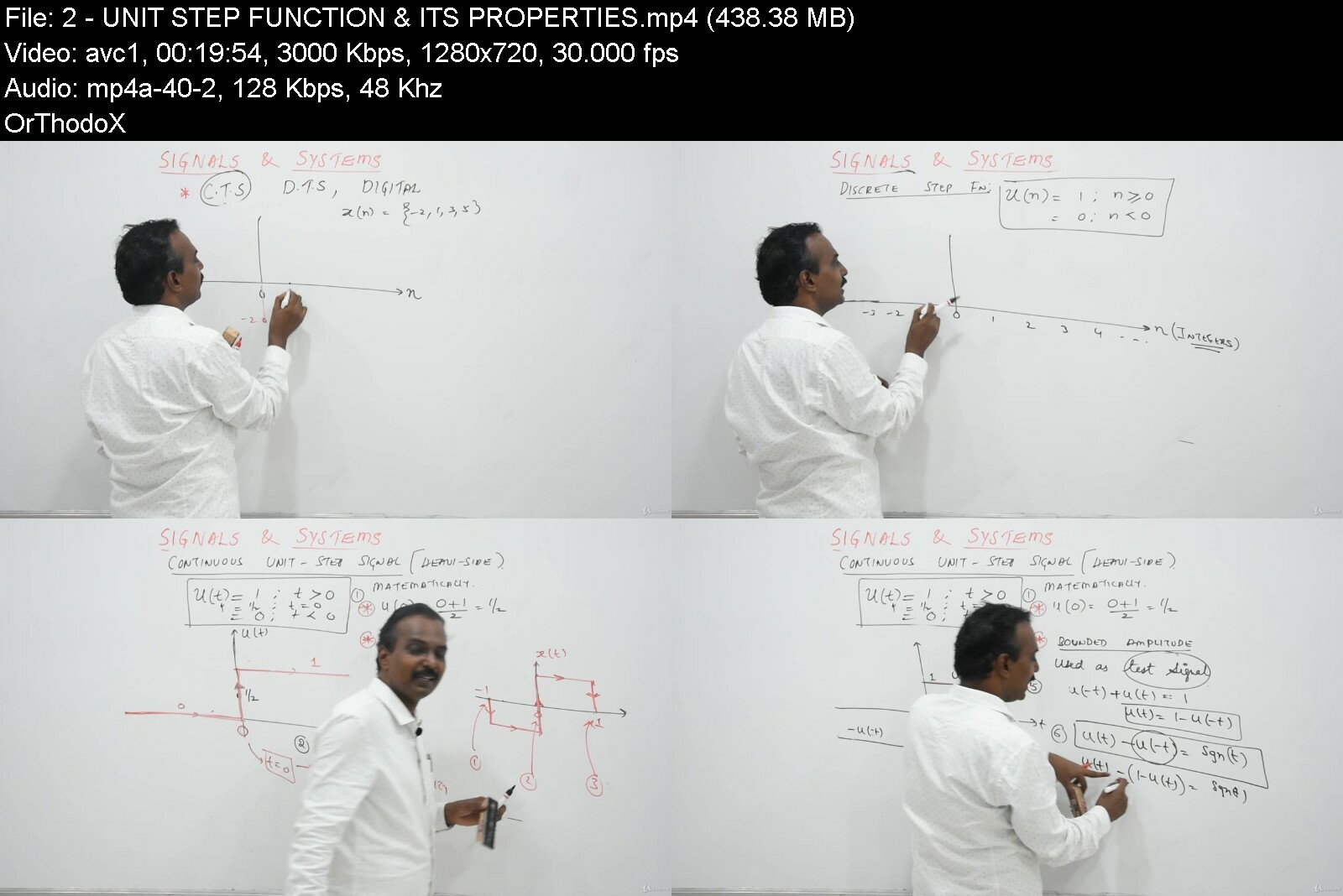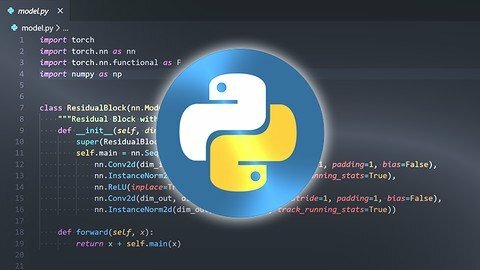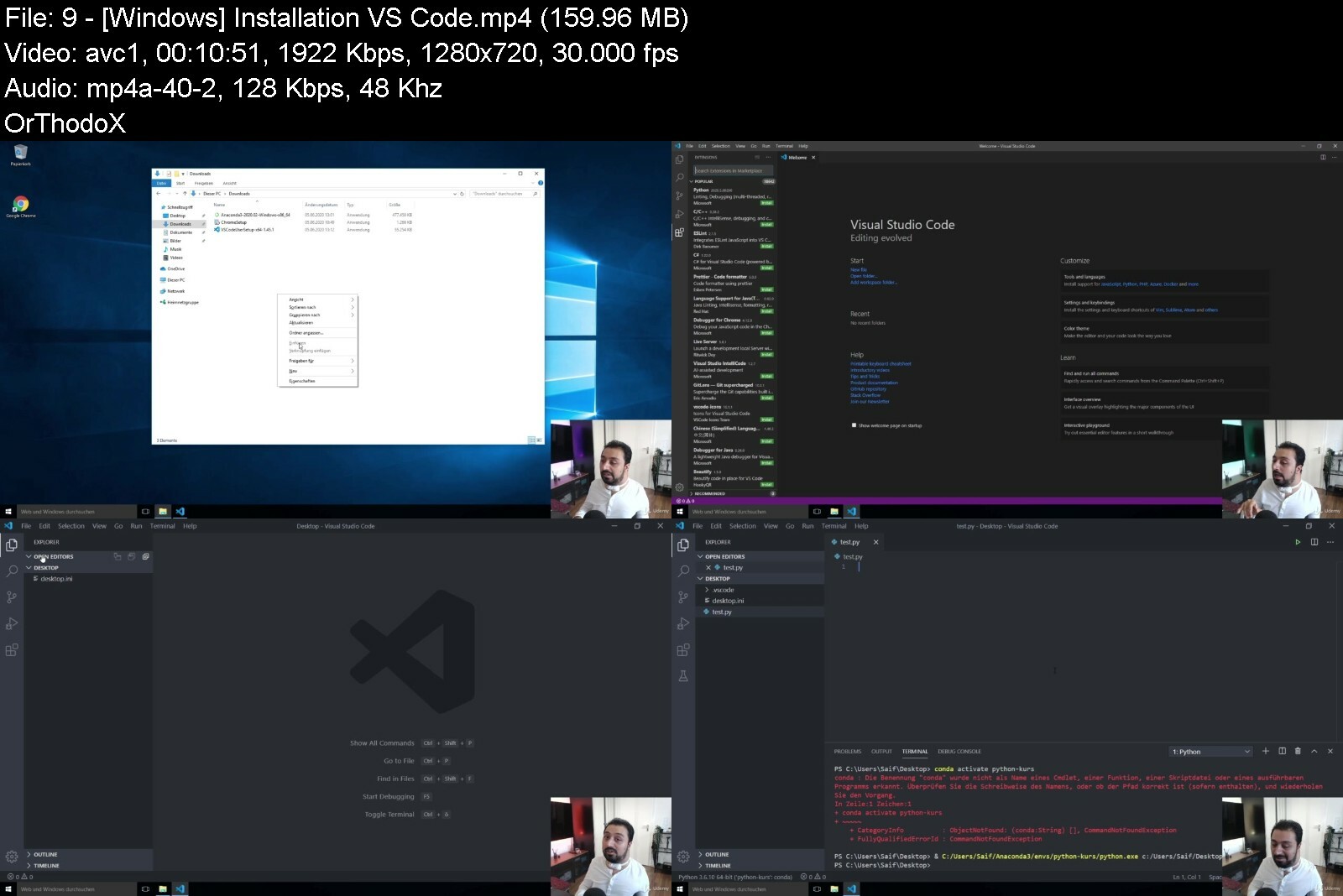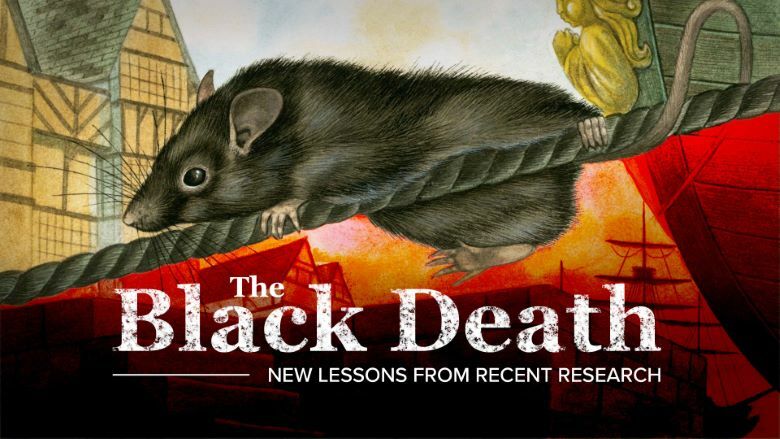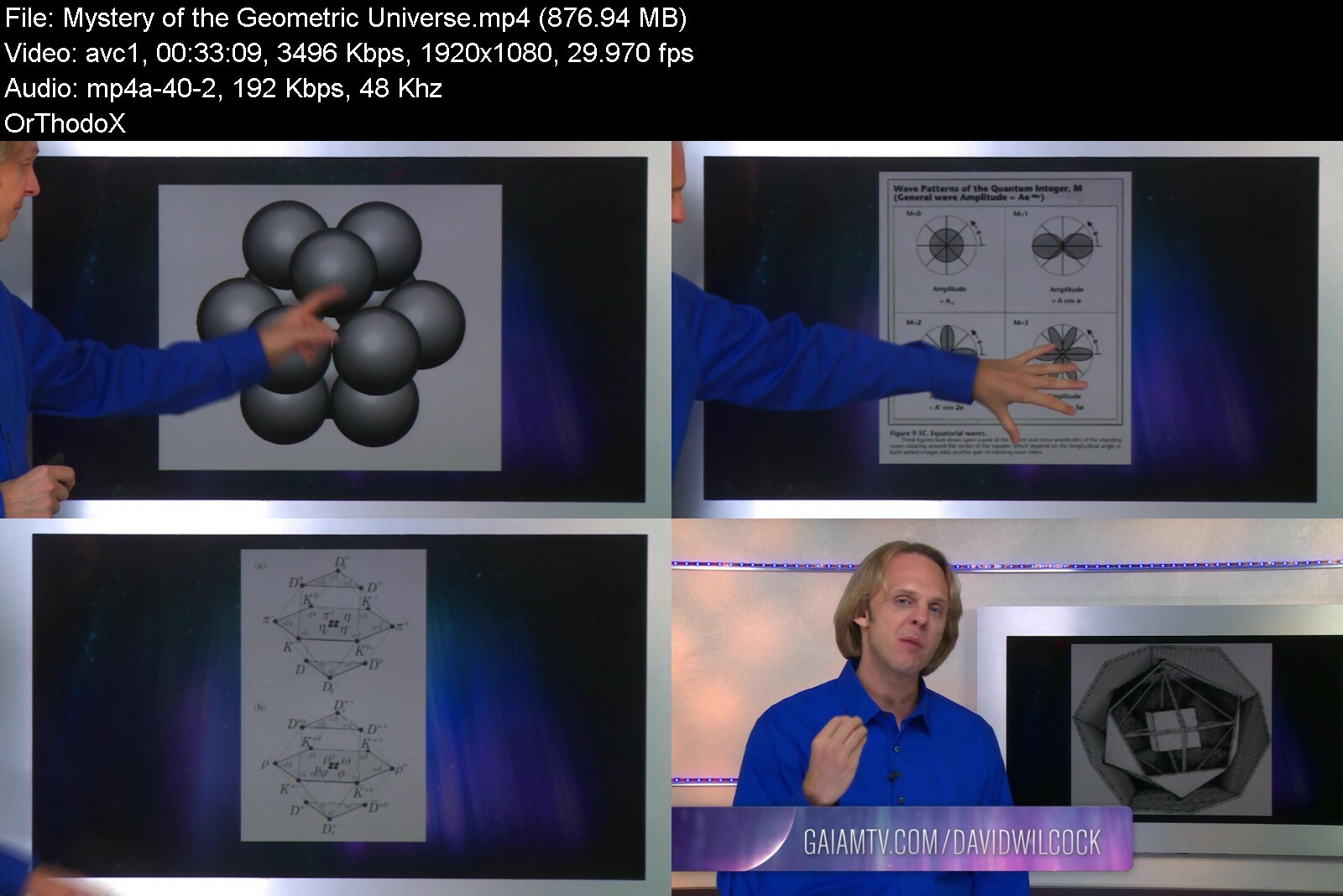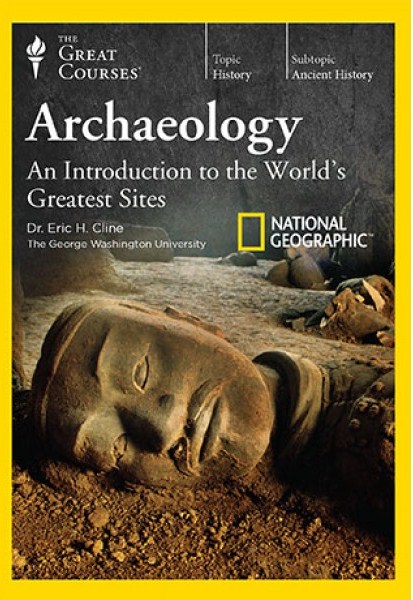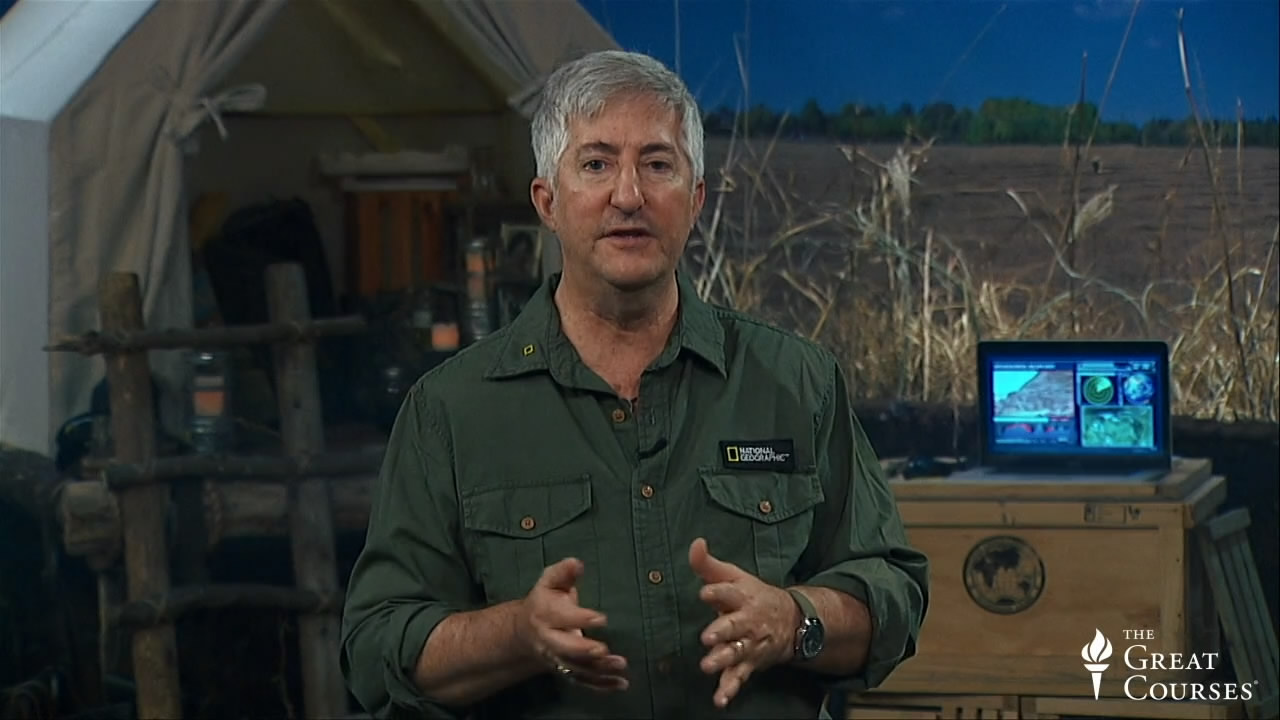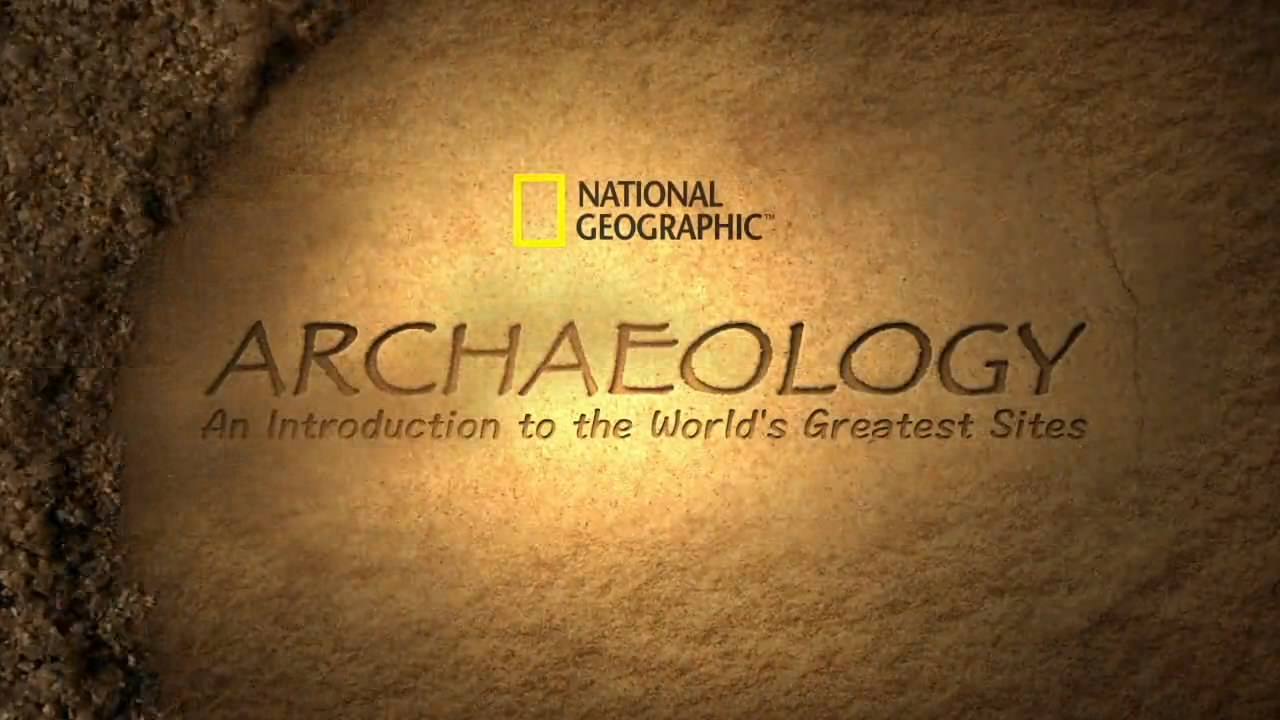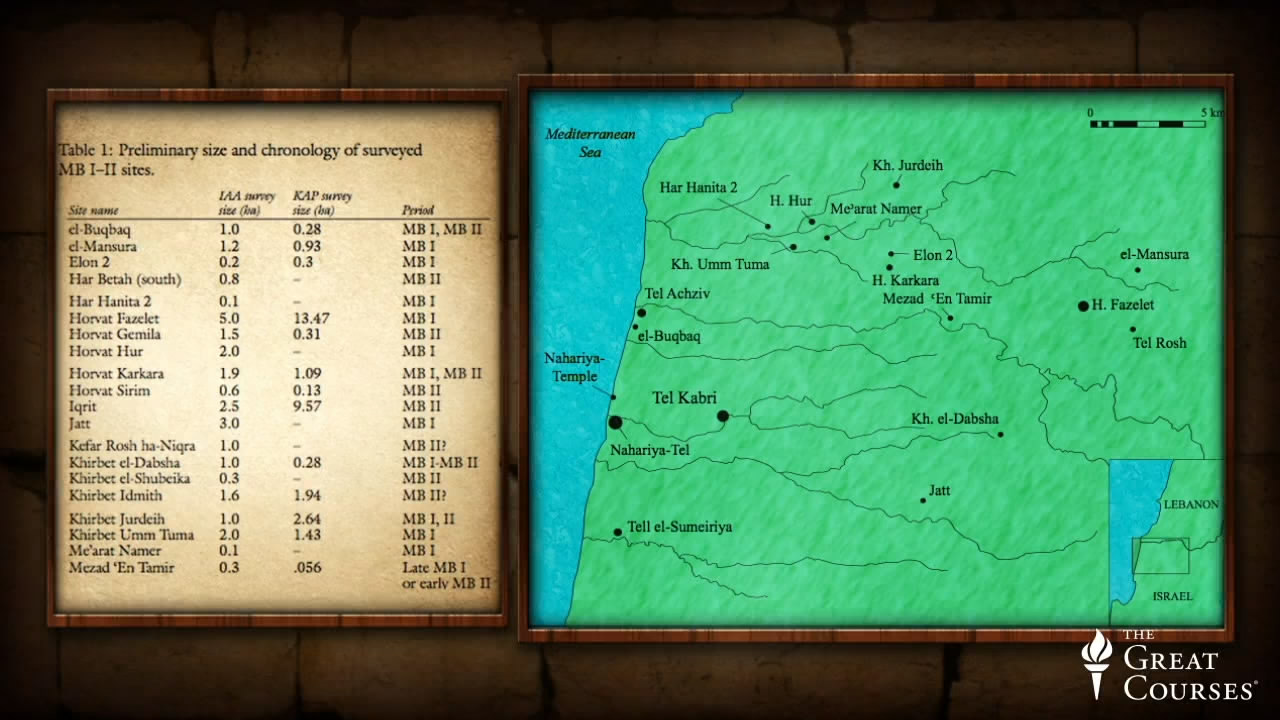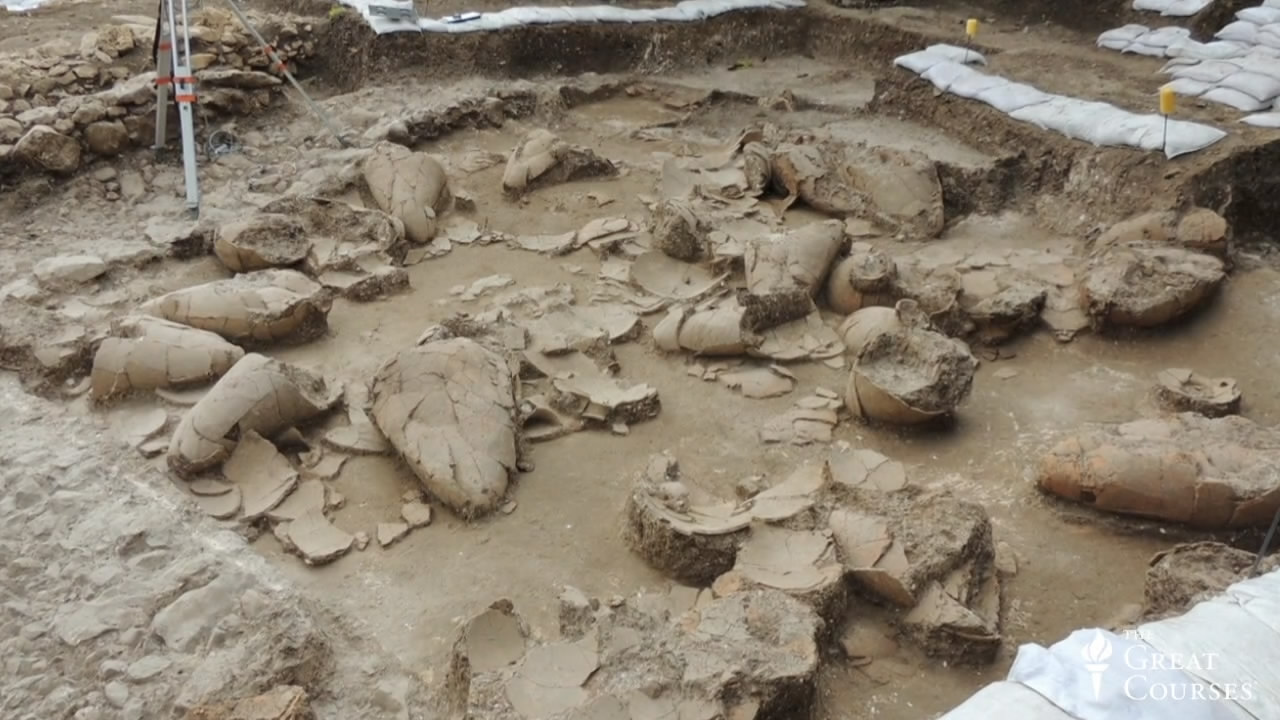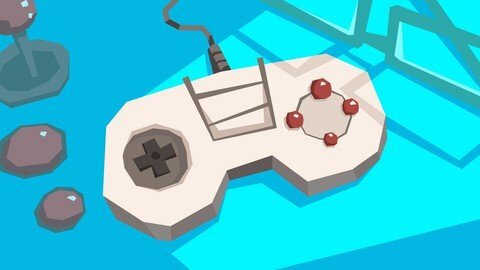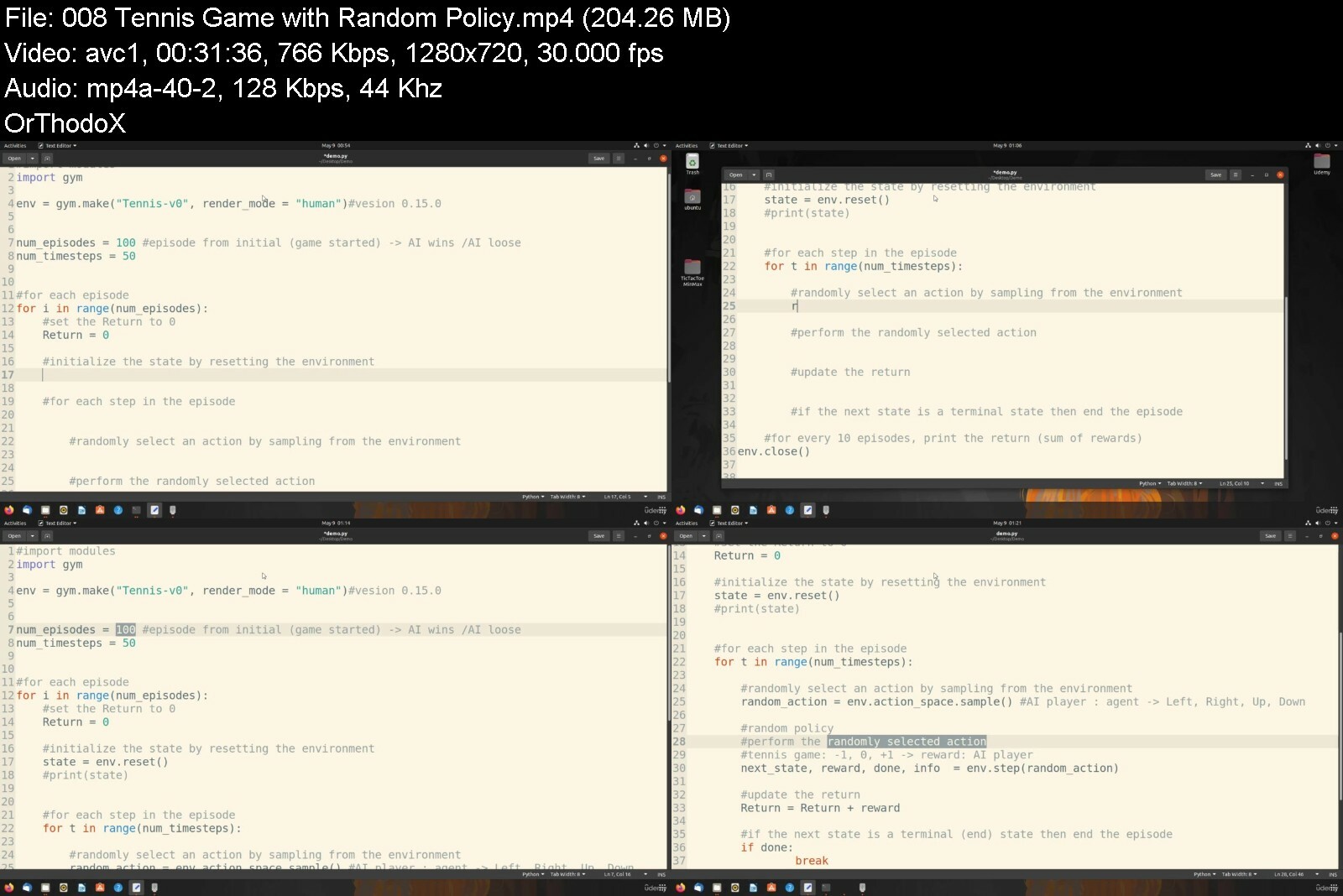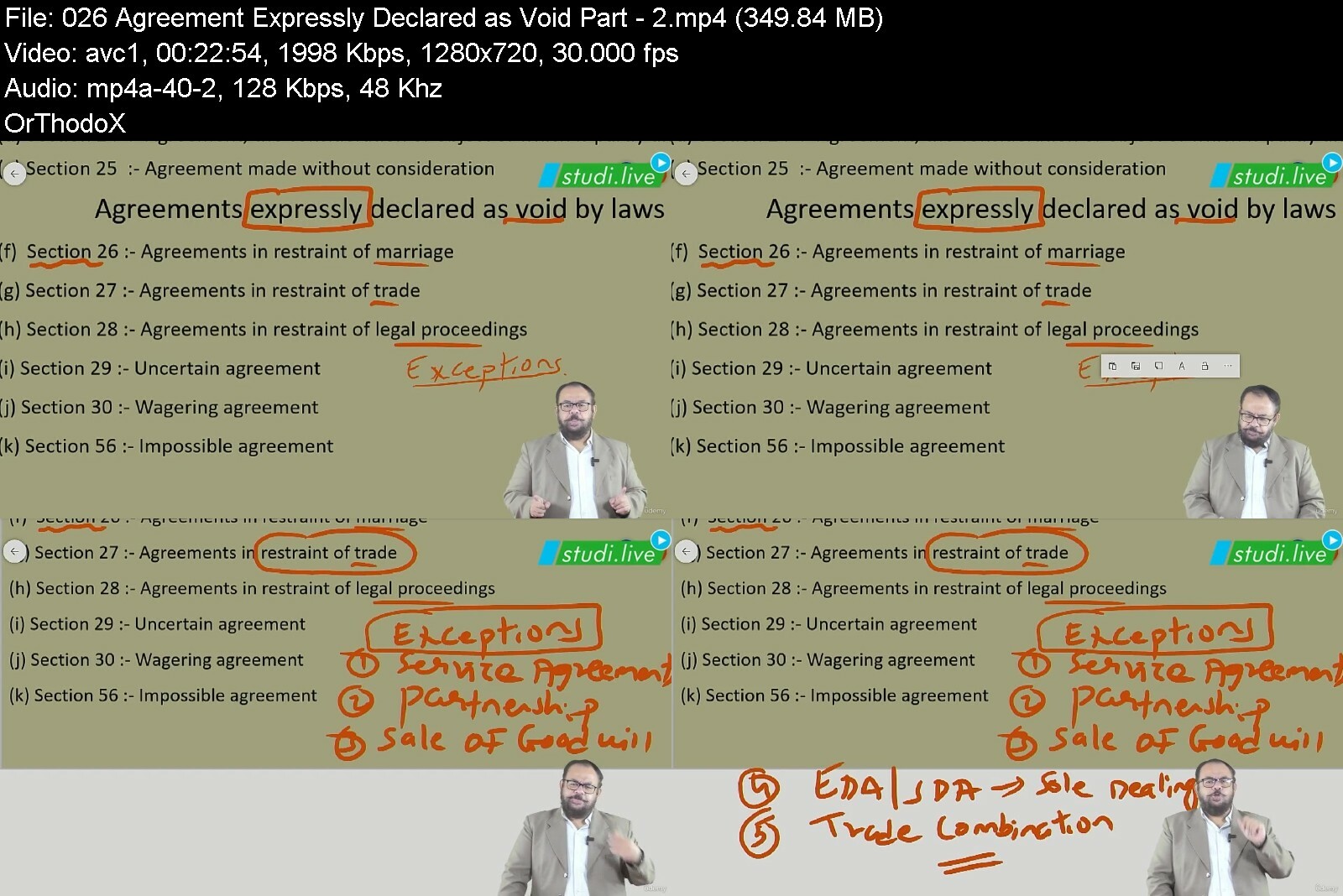Understanding & Interpreting Symbols on Oracle Cards Pt1

Understanding & Interpreting Symbols on Oracle Cards Pt1
MP4 | Video: h264, 1280x720 | Audio: AAC, 44.1 KHz
Language: English | Size: 9.38 GB | Duration: 7h 11m
Interpret Angel and Oracle cards using the array of symbols therein, so you can step aside and let your intuition flow
What you'll learn
create a library of common symbols that you can turn to as and when you need
create symbolic meanings that are personal to you and, therefore, memorable
interpret symbols from nature, the landscape, a journey, people, and clothing
interpret angel and oracle cards more intuitively
enable your interpretations of your Angel and Oracle cards to just flow, for the messages and guidance to come with ease
allow the messages you pass on, to yourself or others, to be more personal and in-depth, to have more colour and be brought to life
stop leaning and depending on your deck's guidebook for your card interpretations which will, as a result, be generalised, not personalised
receive and pass on messages from the angels and your guides that are more meaningful, more personal, and more in-depth
use symbols to step out of your own way and allow your intuition to play a key role in your readings
Requirements
If you haven't done so already, I recommend you, at least, complete "Reading Angel & Oracle Cards (Beginners)", or the equivalent thereof, as an understanding of how to read Angel or Oracle cards, as well as some experience, is a must before attempting this course. This course does not teach you how to read cards, rather it teaches you how to understand and interpret some of the many common symbols you may find in your Angel or Oracle cards, so you can let your intuition step in and flow.
Description
The very best Angel and Oracle card readers read using their intuition; the guidance they receive, the messages they receive come from within and from having a direct uninterrupted connection to the angelic and spiritual realm.
However, when you have blocks standing in your way you are unable to turn to your intuition, the connection you have with the angelic and spiritual realms becomes crackly with interference, and the messages you receive for yourself (or others) will be limited and unclear.
Blocks can come in a variety of forms. However, a primary block is a lack of knowledge around symbolic meanings. If you turn over a card and don't know the meanings behind symbols that stand out for you (or your client) on that card,
· panic will set in, because you're looking at something you don't know or understand,
· the conscious rational mind will kick in, trying to rationalise what you see before you, and
· the monkey mind, that little negative voice in your head, will chastise you and will fill you with self-doubt.
As a result, the calmness, the inner peace, the confidence in your intuition will, within a matter of seconds, vanish. The walls round your intuition will rise up, blocking your access to your natural-born gift, and you'll sit there looking at the card and the symbols on the card, frozen, like a rabbit in headlights.
When your intuition dries up, when you can't decipher the personal message the angels are sending you through a card, the best alternative available is to read the message in the guidebook that accompanies your deck. As great and as supportive an accompanying guidebook is, it can only provide general advice. The message you read in a guidebook will never be personal to you (or your client) and will, therefore, never be deeply meaningful and memorable.
That's why this course guides you through a number of commonly found symbols on Angel and Oracle cards. Because when you turn over a card and you recognise and have personal meanings for at least some of the symbols that catch your eye (or your client's eye) then there's a much smaller likelihood that you'll panic, that your conscious, rational mind will get in the way of you intuition and connection to the angelic realm, and that your monkey mind will start chirping at you, putting you down, and filling you with self-doubt.
Through this course you will understand how to apply your own symbolic meanings into a card reading, thus receiving on a deeper, more meaningful and more personal message. You'll receive messages that just flow with ease and grace because you're not having to stop to turn to the deck guidebook for support, rather your natural-born gift of intuition can kick in and flow. You'll be able to give readings that are intuitive because, through the use of interpreting symbols, you can step out of your way and let your intuition flow. And you'll begin to create a library of symbolic meanings that have meaning and make sense to you, thus making them easy to remember, creating a solid foundation which will support and enhance your intuition.
This course is designed so you can create personal meanings to common symbols you'll find on Angel and Oracle cards. However, this course will not spoon-feed you the meanings you should attribute, rather it encourages you to look within and choose meanings that resonate with you, meanings that you will, as a result, easily remember.
Through its design, this course will, therefore, invite your intuition to play a primary role when you're interpreting angel or oracle cards, thus receiving on messages that are more personal, more meaningful, and more in-depth.
There will be suggested interpretations for symbols which you can choose to accept or reject, depending on whether they resonate with you, or not. And there will be visualisations that will help you to discover your personal meaning to symbols.
As author of "The Light in the Heart", Roy T Bennet, says, "You will never follow your own inner voice until you clear up the doubts in your mind."
So begin today, to remove those doubts, those blocks, and take a step towards reading Angel and Oracle cards intuitively, receiving (and giving) messages that are personal, in-depth, meaningful, and memorable.
Viv xx
Who this course is for
Readers of Angel and Oracle cards - All Levels

Download from RapidGator
Download from Keep2Share

Understanding & Interpreting Symbols on Oracle Cards Pt1
MP4 | Video: h264, 1280x720 | Audio: AAC, 44.1 KHz
Language: English | Size: 9.38 GB | Duration: 7h 11m
Interpret Angel and Oracle cards using the array of symbols therein, so you can step aside and let your intuition flow
What you'll learn
create a library of common symbols that you can turn to as and when you need
create symbolic meanings that are personal to you and, therefore, memorable
interpret symbols from nature, the landscape, a journey, people, and clothing
interpret angel and oracle cards more intuitively
enable your interpretations of your Angel and Oracle cards to just flow, for the messages and guidance to come with ease
allow the messages you pass on, to yourself or others, to be more personal and in-depth, to have more colour and be brought to life
stop leaning and depending on your deck's guidebook for your card interpretations which will, as a result, be generalised, not personalised
receive and pass on messages from the angels and your guides that are more meaningful, more personal, and more in-depth
use symbols to step out of your own way and allow your intuition to play a key role in your readings
Requirements
If you haven't done so already, I recommend you, at least, complete "Reading Angel & Oracle Cards (Beginners)", or the equivalent thereof, as an understanding of how to read Angel or Oracle cards, as well as some experience, is a must before attempting this course. This course does not teach you how to read cards, rather it teaches you how to understand and interpret some of the many common symbols you may find in your Angel or Oracle cards, so you can let your intuition step in and flow.
Description
The very best Angel and Oracle card readers read using their intuition; the guidance they receive, the messages they receive come from within and from having a direct uninterrupted connection to the angelic and spiritual realm.
However, when you have blocks standing in your way you are unable to turn to your intuition, the connection you have with the angelic and spiritual realms becomes crackly with interference, and the messages you receive for yourself (or others) will be limited and unclear.
Blocks can come in a variety of forms. However, a primary block is a lack of knowledge around symbolic meanings. If you turn over a card and don't know the meanings behind symbols that stand out for you (or your client) on that card,
· panic will set in, because you're looking at something you don't know or understand,
· the conscious rational mind will kick in, trying to rationalise what you see before you, and
· the monkey mind, that little negative voice in your head, will chastise you and will fill you with self-doubt.
As a result, the calmness, the inner peace, the confidence in your intuition will, within a matter of seconds, vanish. The walls round your intuition will rise up, blocking your access to your natural-born gift, and you'll sit there looking at the card and the symbols on the card, frozen, like a rabbit in headlights.
When your intuition dries up, when you can't decipher the personal message the angels are sending you through a card, the best alternative available is to read the message in the guidebook that accompanies your deck. As great and as supportive an accompanying guidebook is, it can only provide general advice. The message you read in a guidebook will never be personal to you (or your client) and will, therefore, never be deeply meaningful and memorable.
That's why this course guides you through a number of commonly found symbols on Angel and Oracle cards. Because when you turn over a card and you recognise and have personal meanings for at least some of the symbols that catch your eye (or your client's eye) then there's a much smaller likelihood that you'll panic, that your conscious, rational mind will get in the way of you intuition and connection to the angelic realm, and that your monkey mind will start chirping at you, putting you down, and filling you with self-doubt.
Through this course you will understand how to apply your own symbolic meanings into a card reading, thus receiving on a deeper, more meaningful and more personal message. You'll receive messages that just flow with ease and grace because you're not having to stop to turn to the deck guidebook for support, rather your natural-born gift of intuition can kick in and flow. You'll be able to give readings that are intuitive because, through the use of interpreting symbols, you can step out of your way and let your intuition flow. And you'll begin to create a library of symbolic meanings that have meaning and make sense to you, thus making them easy to remember, creating a solid foundation which will support and enhance your intuition.
This course is designed so you can create personal meanings to common symbols you'll find on Angel and Oracle cards. However, this course will not spoon-feed you the meanings you should attribute, rather it encourages you to look within and choose meanings that resonate with you, meanings that you will, as a result, easily remember.
Through its design, this course will, therefore, invite your intuition to play a primary role when you're interpreting angel or oracle cards, thus receiving on messages that are more personal, more meaningful, and more in-depth.
There will be suggested interpretations for symbols which you can choose to accept or reject, depending on whether they resonate with you, or not. And there will be visualisations that will help you to discover your personal meaning to symbols.
As author of "The Light in the Heart", Roy T Bennet, says, "You will never follow your own inner voice until you clear up the doubts in your mind."
So begin today, to remove those doubts, those blocks, and take a step towards reading Angel and Oracle cards intuitively, receiving (and giving) messages that are personal, in-depth, meaningful, and memorable.
Viv xx
Who this course is for
Readers of Angel and Oracle cards - All Levels

Download from RapidGator
Download from Keep2Share








